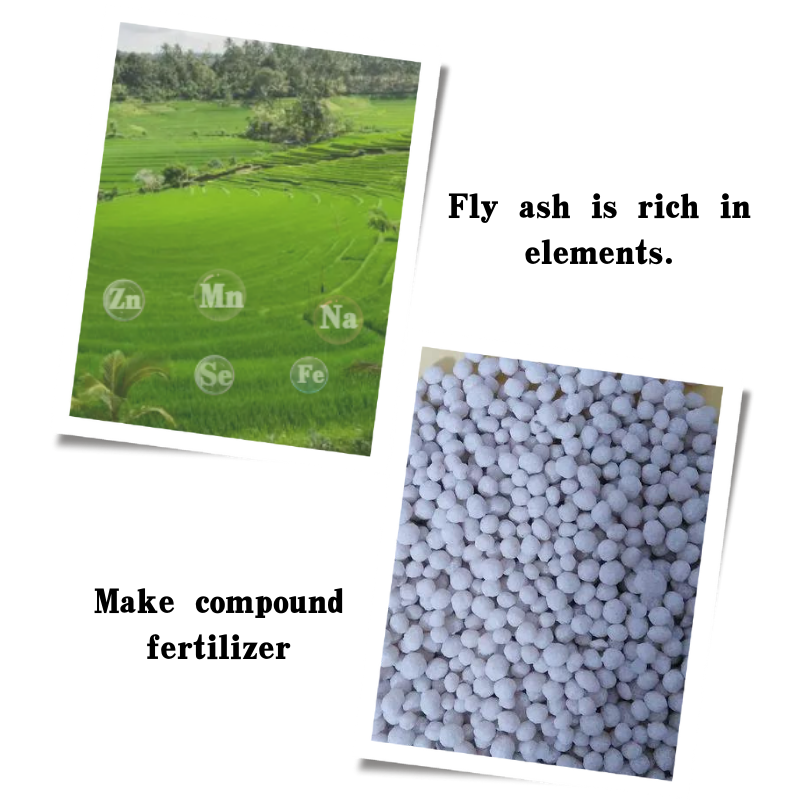
Exploring the Versatility and Applications of Kaolin in Various Industries and Its Benefits
The Role of Kaolin in Modern Industries
Kaolin, a naturally occurring clay mineral predominantly composed of kaolinite, possesses a unique combination of properties that make it invaluable across various industries. This white clay has been used for centuries, primarily in ceramics and pottery. However, its applications have expanded significantly, and today, kaolin plays a crucial role in sectors such as paper, paint, rubber, plastics, and even pharmaceuticals.
One of the most significant uses of kaolin is in the paper industry. Kaolin enhances the brightness and opacity of paper, making it a preferred filler and coating material. The addition of kaolin allows for better printing quality, as it provides a smooth surface that enhances the sharpness of printed images. Moreover, kaolin improves the paper's durability and resistance to wear and tear, making it an essential component in producing high-quality paper products.
The Role of Kaolin in Modern Industries
Kaolin's role in the rubber industry is also noteworthy. It is used as a filler to enhance the strength, elasticity, and durability of rubber products. The incorporation of kaolin not only improves the mechanical properties of rubber but also reduces the manufacturing costs. Its fine particle size and chemical inertness make it an ideal additive for various types of rubber, including those used in tires, footwear, and industrial goods.
kaolin and

In the field of plastics, kaolin serves multiple functions. As a filler, it enhances the mechanical properties, improves processability, and contributes to the reduction of production costs. Additionally, kaolin can improve the thermal stability of plastics, making it suitable for applications that require durability under heat. Its non-toxic nature and excellent dispersion qualities make kaolin a safer alternative compared to other fillers, which can sometimes release harmful substances during processing.
Moreover, kaolin has found a niche application in the pharmaceutical industry. It is used as an excipient in formulations for tablets and capsules, improving the flowability and compressibility of the powder mixtures. Kaolin's absorbent properties can also play a role in providing gastrointestinal relief, as it works as an anti-diarrheal agent. Its use in cosmetics as a skin-soothing ingredient has garnered attention as well, given its ability to absorb excess oils and impurities from the skin.
Beyond its industrial applications, kaolin is also becoming popular in the realm of sustainable materials. As industries shift towards environmentally friendly practices, kaolin's natural origins and low environmental impact position it as a favorable option for sustainable production.
In conclusion, kaolin is more than just a simple clay; it is a multi-faceted mineral that underpins a wide range of industries. Its versatility, cost-effectiveness, and eco-friendly characteristics make it a vital ingredient in the production of everyday items. As research continues to uncover new applications and potential uses for kaolin, it stands to remain an essential resource in the advancement of materials science and engineering, contributing to the development of innovative and sustainable products for the future.
Share
-
Premium Talcum Powder Enhanced with GPT-4 Turbo | Soft & Long-LastingNewsAug.02,2025
-
Fly Ash Solutions Enhanced by GPT-4 Turbo | Sustainable InnovationNewsAug.01,2025
-
Natural Premium Bentonite Cat Litter - Superior ClumpingNewsJul.31,2025
-
Premium Resin Coated Sand - High Heat Resistance CastingNewsJul.31,2025
-
High Quality Silicon Carbide Grit for Abrasive ApplicationsNewsJul.30,2025
-
High-Quality Ceramsite for Plants & Gardening | Lightweight PebblesNewsJul.29,2025






